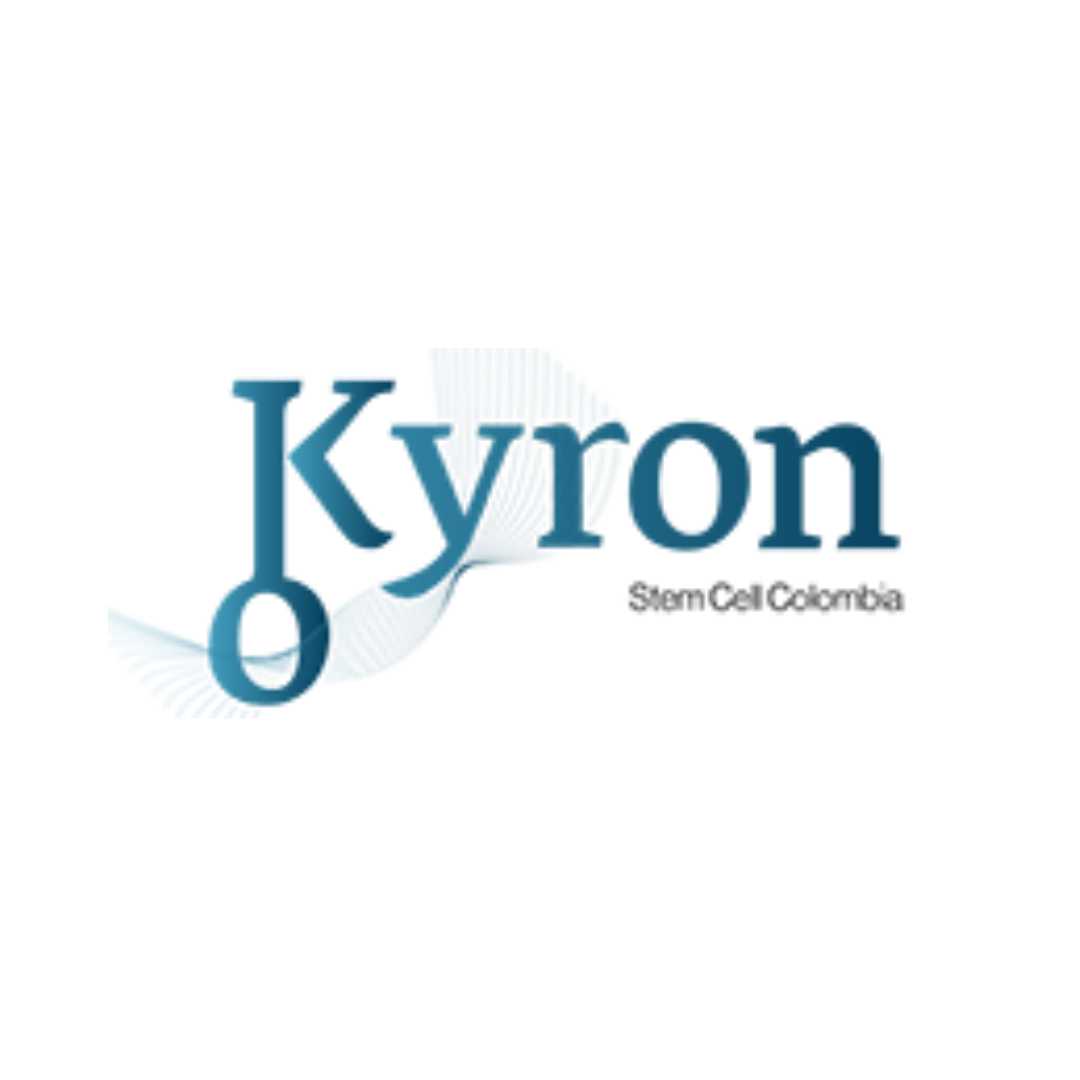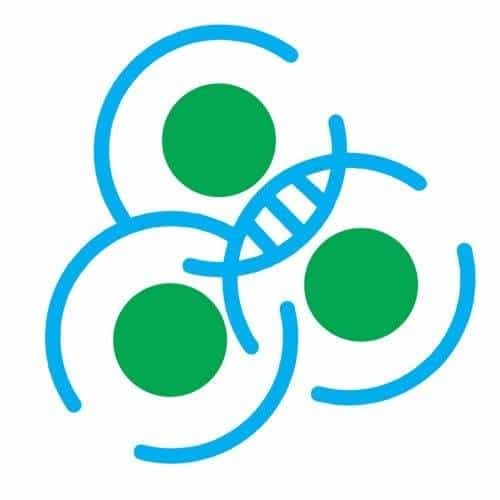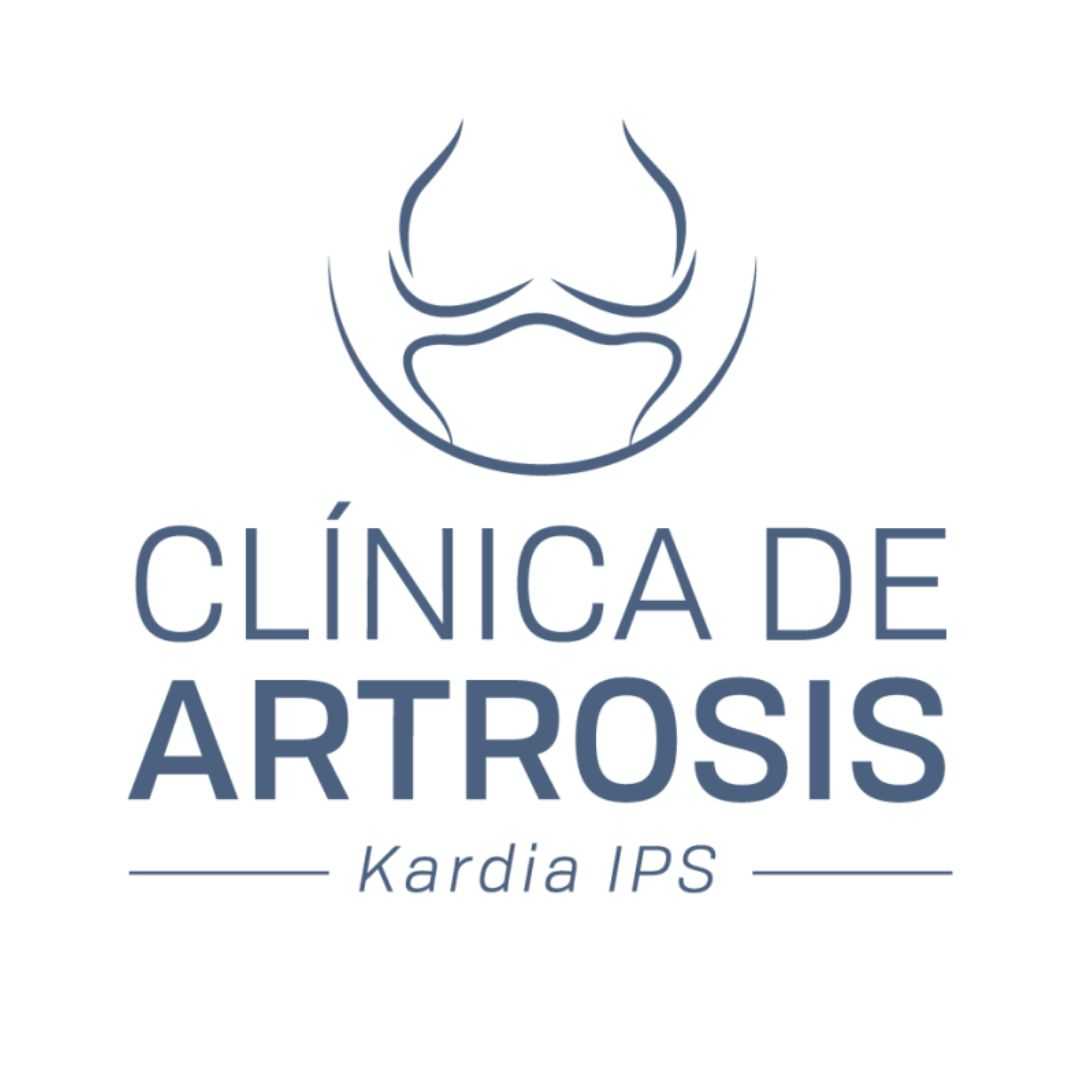
Key Takeaways
-
Patients can save 60-85% on treatment costs by choosing Colombia over the United States, with prices being highly competitive with other medical tourism hubs.
-
Colombia is a leading center for regenerative medicine, with advanced clinics in cities like Bogotá and Medellín that are regulated by INVIMA (Colombia's National Institute for Food and Drug Surveillance).
-
The primary treatment, Mesenchymal Stem Cell (MSC) therapy, is not a cure but a "disease-modifying" treatment that studies show can significantly improve blood sugar control, reduce HbA1c, and decrease insulin dependence for both Type 1 and Type 2 diabetes.
-
Cost of Stem Cell Therapy for Diabetes (Average)
-
Colombia: $5,500 – $14,000
-
Mexico: $3,500 – $15,000
-
United States: $20,000 – $50,000
-
-
Packages for international patients, including those from Haiti, are comprehensive, often including medical consultations, the procedure, lab work, accommodation, airport transfers, and translation services.
What is Stem Cell Therapy for Diabetes?
Stem cell therapy for diabetes is a cutting-edge medical treatment that uses special cells, known as stem cells, to help repair the body. For diabetes, the goal is to help the pancreas produce more insulin, reduce harmful inflammation, and regulate the body's immune system, which can lead to better blood sugar control.
Regenerative medicine is a new frontier in healthcare, and its application for diabetes is one of the most exciting developments. This therapy focuses on using Mesenchymal Stem Cells (MSCs), which are "adult" stem cells typically sourced from a donor's umbilical cord tissue (allogeneic) or, less commonly, the patient's own fat tissue or bone marrow (autologous).
These MSCs are powerful because they have two key functions:
- Anti-Inflammatory Action: Chronic inflammation is a key driver of insulin resistance in Type 2 diabetes. MSCs can calm this inflammation, making the body's cells more receptive to the insulin it does produce.
- Immune Modulation: In Type 1 diabetes, the body's own immune system attacks and destroys the insulin-producing beta cells in the pancreas. MSCs can help "re-educate" the immune system, slowing or potentially halting this attack and protecting the remaining beta cells.
- Regenerative Potential: While not guaranteed, research shows these stem cells can release growth factors that encourage the repair and regeneration of damaged pancreatic tissue, potentially improving the body's natural ability to produce insulin.
This is not a one-time "cure" but rather a disease-modifying therapy designed to improve your quality of life and make the condition more manageable, often alongside your existing treatment plan.
Why Choose Colombia for Stem Cell Therapy?
Colombia has become a globally recognized hub for high-quality, regulated regenerative medicine. For Haitian patients, it offers a combination of world-class medical standards, advanced technology, and significant cost savings, all within a relatively short travel distance.
While many countries offer stem cell therapy, Colombia stands out for several key reasons, especially against other popular destinations. Its healthcare system is ranked as one of the best in the Americas, boasting modern, private hospitals and clinics that rival those in the US or Europe.
Medical Expertise and Advanced Facilities
Cities like Bogotá and Medellín are home to state-of-the-art biotechnology labs and specialized clinics. These facilities are not "back-alley" operations; they are sophisticated medical centers run by highly qualified doctors specializing in regenerative therapies. They are known for pioneering the use of high-dose, lab-expanded MSCs, which many experts believe provides a more potent therapeutic effect than the single-day procedures offered in some other countries.
Colombia's Regulatory Landscape for Stem Cells
This is arguably the most important reason to choose Colombia. The stem cell industry is regulated by INVIMA, Colombia's National Institute for Food and Drug Surveillance, which functions similarly to the FDA in the United States.
This regulation is your assurance of safety and quality. It means:
-
The clinics are licensed and regularly inspected.
-
The stem cells are sourced ethically and processed in certified labs.
-
The labs must provide a Certificate of Analysis (COA) for their cell products, ensuring viability and safety.
Choosing an INVIMA-licensed clinic is the single most important step you can take to ensure you are receiving a legal, safe, and high-quality treatment.
The 'Latin American Hub' for Regenerative Medicine
Colombia's combination of high standards, clear regulations, and affordable pricing has made it a top destination for medical tourism. This means the entire infrastructure is built to support international patients. Clinics have vast experience handling the needs of patients from North America, the Caribbean, and around the world, ensuring a smooth and comfortable experience.
Is Stem Cell Therapy an Effective Treatment for Diabetes?
Yes, many clinical studies show it can be highly effective, though it is not a cure. Patients often experience significantly better blood sugar control, a reduction in their HbA1c levels, and a decreased need for insulin or other diabetes medications for months or even years post-treatment.
The evidence supporting stem cell therapy for diabetes is growing rapidly. It is one of the most promising areas of research for both Type 1 and Type 2 diabetes.
For Type 1 diabetes, the therapy aims to preserve the remaining insulin-producing cells by stopping the autoimmune attack. Multiple studies have shown that patients, especially those treated soon after diagnosis, can maintain better pancreatic function and dramatically reduce their daily insulin requirements. A groundbreaking 2024 case study even reported a patient becoming insulin-independent after treatment.
For Type 2 diabetes, the therapy tackles the root causes of insulin resistance and inflammation. Studies with Type 2 patients have consistently shown:
-
Lower HbA1c levels
-
Reduced fasting blood sugar
-
Decreased need for oral medications and insulin
-
Improvements in related complications, such as neuropathy (nerve pain) and kidney function.
The goal is to move from "managing" the disease to actively "modifying" it, helping the body heal and function more normally.
Who is a Good Candidate for This Treatment?
The best candidates are patients who are struggling to manage their blood sugar levels with conventional treatments or those who wish to reduce the long-term complications of diabetes. A medical team will review your case to determine if you are eligible.
While a specialist at a Colombian clinic will make the final determination, general candidates often include:
-
Type 1 Diabetics: Often, the best results are seen in patients who are "pre-diabetic" or in the early "honeymoon" phase after diagnosis, as the therapy can protect the pancreas's remaining function. However, it is also offered to long-standing Type 1 patients to help reduce insulin needs and manage complications.
-
Type 2 Diabetics: This includes patients who are not achieving their blood sugar control goals with diet, exercise, and oral medications. It is also a powerful option for those who are highly insulin-resistant or who are already experiencing complications like neuropathy, nephropathy (kidney issues), or diabetic foot ulcers.
You may not be a good candidate if you have an active infection, a history of certain cancers, or other severe, unstable medical conditions. A thorough evaluation of your medical history is the first step.
The Stem Cell Therapy Procedure in Colombia: What to Expect
The process is straightforward and typically performed as an outpatient procedure. It involves an initial consultation, followed by the simple intravenous (IV) infusion of the stem cells, which takes 30-60 minutes. There is no surgery and minimal downtime.
For a patient traveling from Haiti, the entire process is streamlined by the clinic and a medical tourism facilitator.
Step 1: Initial Consultation and Evaluation
This can often begin from your home in Haiti. You will send your medical records, blood tests, and history to the Colombian medical team for review. They will have a virtual consultation with you (and a translator, if needed) to discuss your case and confirm if you are a good candidate.
Step 2: Arrival and Pre-Treatment
Upon arrival in Bogotá or Medellín, you will be picked up from the airport and taken to your hotel. You will have an in-person consultation and a new round of blood work to ensure you are ready for treatment.
Step 3: The Infusion Process
This is the core of the treatment. Because Colombian clinics typically use allogeneic (donor) MSCs from umbilical cords, there is no need for a painful harvesting procedure from your own body.
You will sit comfortably in a private treatment room. A simple IV line is started in your arm, and the bag containing millions of cultured, high-dose stem cells is infused slowly over 30 to 60 minutes. Medical staff will monitor you throughout. Most patients report no sensation other than a feeling of relaxation.
Step 4: Post-Treatment Monitoring
After the infusion, you will be monitored at the clinic for a short period (usually 1-2 hours) to ensure you have no immediate reactions. You are then free to return to your hotel to rest. There is virtually no downtime.
Expert Insight
"The shift in Colombia to using high-dose, lab-expanded, allogeneic MSCs is a significant advantage. Instead of a 'one-and-done' procedure, we can provide a verified, high-viability dose of cells specifically cultured for their anti-inflammatory and regenerative properties. This is what the science points to for achieving a real therapeutic effect. Patients must ensure they choose an INVIMA-accredited facility; this is non-negotiable for safety and quality." — Dr. Maria S., Regenerative Medicine Specialist
Cost of Stem Cell Therapy for Diabetes in Colombia
The cost of stem cell therapy for diabetes in Colombia typically ranges from $5,500 to $14,000 USD. This is a fraction of the cost in the United States, which can range from $20,000 to $50,000 for similar, and often less advanced, procedures.
This significant cost saving—often 60-85%—is the primary reason Colombia is a top choice for affordable treatment. The lower cost is not due to lower quality but to the lower costs of living, medical malpractice insurance, and operational overhead in Colombia.
Comparative Cost of Stem Cell Therapy for Diabetes (USD)
|
Country |
Average Cost Range |
Notes |
|---|---|---|
|
Colombia |
$5,500 – $14,000 |
Regulated by INVIMA; high-dose MSCs. |
|
Mexico |
$3,500 – $15,000 |
Price varies widely by clinic. |
|
Turkey |
$2,000 – $15,000 |
Another popular, affordable option. |
|
United States |
$20,000 – $50,000 |
Not FDA-approved; often not covered by insurance. |
What's Included in a Package?
For international patients from Haiti, clinics and medical tourism facilitators like PlacidWay bundle the costs into a comprehensive package. This typically includes:
-
All physician and specialist consultations
-
Pre-treatment laboratory tests
-
The stem cell product and all associated lab fees
-
The infusion procedure and facility fees
-
Airport pickup and drop-off
-
Local transportation to and from the clinic
-
Translation services (English/Spanish/French/Creole)
-
Assistance with booking accommodation
This all-inclusive approach simplifies the journey, allowing you to focus solely on your health.
Navigating Your Medical Journey from Haiti to Colombia
Colombia is one of the most accessible and welcoming destinations for Haitian patients seeking advanced medical care. The logistics are simplified by dedicated medical tourism agencies that handle every detail of your trip, from travel to translation.
We understand that traveling for medical care can be stressful. That is why the process is designed to be as seamless as possible. Colombia and Haiti have strong travel connections, and the medical infrastructure in Bogotá and Medellín is built to serve international patients.
A dedicated patient coordinator, who may speak Haitian Creole or French, can be assigned to you. They will manage:
-
Travel Planning: Assisting with flight and visa (if required) logistics.
-
Accommodation: Booking a hotel or apartment near the clinic that fits your budget.
-
A-to-B Support: You will be met at the airport, taken to your hotel, and transported to all your medical appointments.
-
Communication: Overcoming any language barrier to ensure you understand every step of your treatment.
Did You Know?
Colombia's healthcare system is not just affordable; it's world-class. In recent rankings, the World Health Organization (WHO) has ranked Colombia's health system above that of the United States and Canada. This is due to its efficiency, high standards of care, and excellent patient outcomes.
Potential Risks and Considerations
Stem cell therapy is considered very safe when performed in a regulated clinic, but no medical procedure is without risk. The most common side effects are mild and temporary, such as a low-grade fever, headache, or fatigue on the day of the infusion.
The risks of stem cell therapy are low. Because the Mesenchymal Stem Cells are from umbilical cords, they are "immune-privileged," meaning they do not cause an allergic or rejection response. The risk of infection is extremely low (less than 1-3%) when performed in a sterile, accredited medical facility.
The real risk is not from the therapy itself, but from choosing the wrong clinic. Unlicensed, "cheaper" clinics may use cells that are not viable (not alive), contaminated, or of the wrong type. This is why you must confirm your clinic is licensed by INVIMA.
Life After Stem Cell Therapy: Recovery and Outlook
There is no recovery period or downtime. You can resume normal activities the day after your infusion, and you can typically fly back to Haiti within 2-3 days of your procedure.
The stem cells begin to work immediately, signaling to your body to reduce inflammation and start the repair process. However, the biological changes are gradual.
Patients may start to notice improvements in their blood sugar readings within a few weeks, but the most significant changes often occur over the next 3 to 6 months. It is crucial to maintain a healthy lifestyle—diet, exercise, and any medications prescribed by your doctor—to support the work of the stem cells and achieve the best possible long-term outcome. Your Colombian medical team will typically schedule virtual follow-up appointments to monitor your progress.
Frequently Asked Questions (FAQ)
Can stem cell therapy cure my diabetes?
No. At this time, stem cell therapy is not considered a cure for either Type 1 or Type 2 diabetes. It is a "disease-modifying" treatment that can significantly improve your body's ability to manage blood sugar, reduce complications, and decrease your need for medications.
How long do the effects of the treatment last?
This varies by patient. Many studies show significant improvements in HbA1c and insulin reduction that last for one to three years, or longer. Some patients may require a follow-up infusion after a few years to maintain the benefits.
Is stem cell therapy legal and safe in Colombia?
Yes. It is legal and strictly regulated by INVIMA (Colombia's equivalent of the FDA). This regulation ensures that licensed clinics meet high standards for safety, cell processing, and medical ethics. Always ask a clinic for their INVIMA license number.
What kind of stem cells are used?
The top clinics in Colombia primarily use allogeneic (donor) Mesenchymal Stem Cells (MSCs) sourced from ethically-donated umbilical cord tissue. These cells are known for their powerful anti-inflammatory and immune-modulating properties and do not require a harvesting procedure from your own body.
How much does the entire trip from Haiti to Colombia cost?
While the treatment packages cost between $5,500 and $14,000, you must also budget for flights and your personal spending. A medical tourism facilitator can provide a detailed, all-inclusive quote that covers treatment, travel, and accommodation to give you a clear financial picture.
Why is this not offered in the United States?
The U.S. FDA has a different, much slower regulatory pathway. While stem cell therapy is being researched in many clinical trials in the US, it is not yet approved as a standard treatment. This is why the cost is so high (it's considered experimental) and why Colombia, with its clear INVIMA regulations, has become a leader in offering these therapies to patients now.
Your Journey to Better Health with PlacidWay
Navigating international medical care can seem complex, but you don't have to do it alone. PlacidWay is your dedicated partner in connecting you with the highest-quality, fully-accredited stem cell clinics in Colombia.
We believe in transparency, quality, and personalized care. Our team can help you:
-
Verify clinic accreditation and doctor credentials.
-
Receive a free, no-obligation quote and virtual consultation.
-
Compare all-inclusive packages that cover your treatment, travel, and accommodation.
-
Coordinate all logistics for your trip from Haiti, including translation and patient support.
Take the first step toward a new chapter in your health. Contact PlacidWay today to learn more about stem cell therapy for diabetes in Colombia and get your personalized treatment plan.


.png)














Share this listing